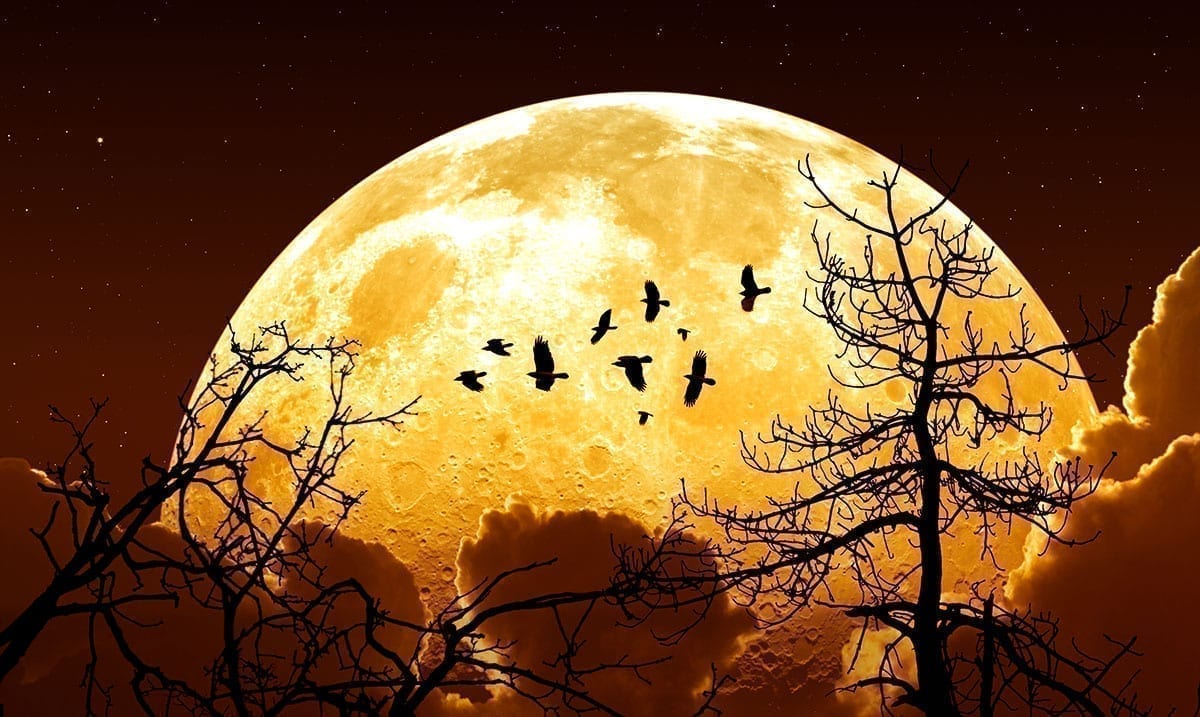If you like looking at the sky perhaps you should take the time to look up over the next few days. This week holds a lot when it comes to things in the celestial world.
Not only will several planets be visible but we will also be facing a super moon and so much more. As you may be aware the Taurid meteor shower will be peaking on the 11th and 12th but that’s not the only shower of this month. The Leonid meteor shower will also be peaking very soon. Its peak is set to be on the 17th and well, the Leonids almost always put on quite the show, in my opinion.
Now, this super moon will not be like your typical super moon as it will be a new moon rather than a full one. I know, that might sound confusing but stick with me. A new moon super moon is something we do not have occur often as it only happens when the new moon cycle itself coincides with the moon as it makes its closest approach to our home planet. It will be happening on the 15th and might be worth noting.
While you cannot technically see this new moon super moon because it will not be lit up, if the night sky is bright enough you may be able to tell where the moon is and perhaps even slightly make out its outline. This kind of thing brings great energies our way and will set the best possible mood for the meteor showers as they peak, that much I know to be true. November truly is a marvelous month and when it comes to gazing at the stars, we should be spending a bit of time doing exactly that.
PennLive wrote as follows on the new moon supermoon we’re about to face:
A new moon occurs about once each month when the Moon aligns with the Sun between Earth and the Sun with the side of the Moon that is not illuminated facing Earth.
The Moon becomes a new moon supermoon when that first phase of the lunar cycle coincides with the Moon making its closest approach to Earth, a point known as the perigee of the Moon’s orbit around Earth.
The upcoming new moon supermoons will occur when the Moon is 222,666 miles from Earth.
Supermoon or regular new moon, we don’t generally see a new moon with our unaided eyes. It’s not illuminated by the Sun and it tends to rise and fall with the Sun.
We may not see a new moon supermoon, but the tides in Earth’s oceans feel the closeness of it. High tides are higher and low tides are lower when the Moon is at perigee.
To learn more about some of the things November has to offer astronomically take a peek at the video below. I for one think this month is one for the books. It will be one during which my telescope stays out and ready for anything.

